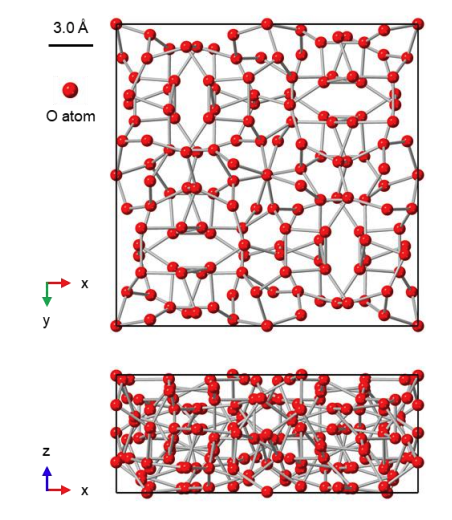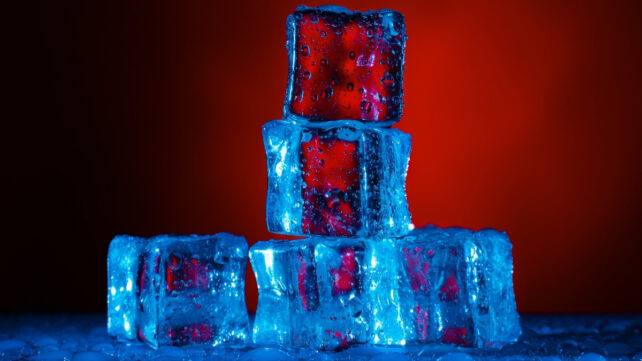A strange new phase of ice has been discovered during experiments with the world's largest X-ray laser. Meet ice XXI, a bizarre phase that forms at room temperature, under extreme pressure.
The solidified water we're most familiar with here on Earth is technically known as ice I, but it's just the tip of the iceberg – for instance, aliens on Neptune could be dropping ice XVIII in their drinks. Exposing plain old H2O to different temperature and pressure conditions could result in more than 20 different phases of the stuff, in fact.
Ice XXI is the latest to join the ranks. It has a tetragonal crystal structure with fairly large repeating units consisting of 152 water molecules, which makes it distinct from all other known phases of ice.
Related: Weird Ice That Could Form on Alien Planets Observed For First Time

Don't expect to whip up a few fancy cubes of ice XXI in your freezer at home, though. Or any kind of freezer for that matter.
The researchers used a diamond anvil cell at the European XFEL facility in Germany to squeeze water to pressures of up to 2 gigapascals (about 20,000 times the air pressure at sea level) within 10 milliseconds.
They then released the pressure relatively slowly – over a leisurely period of one second – before repeating the process. The whole time, the X-rays captured a million images per second to see how the crystal structure changes.
Ice XXI, it turns out, is one of several possible intermediary stages on water's way to becoming an exotic phase known as ice VI.
"With the unique X-ray pulses of the European XFEL, we have uncovered multiple crystallization pathways in H2O, which was rapidly compressed and decompressed over 1,000 times using a dynamic diamond anvil cell," says Geun Woo Lee, physicist at the Korea Research Institute of Standards and Science.

The researchers say the discovery of ice XXI suggests that other, still-unknown phases of ice could exist on icy moons and planets.
The research was published in the journal Nature Materials.
